The surroundings
The farmhouse Villa Isa offers the opportunity to enjoy relaxing holidays among the comfortable beauties of the Maremma hills and its wonderful coastline.

Cala Violina
It is the most famous cove in the gulf: it can only be reached on foot, by bicycle or on horseback, and is accessible from two different paths. Starting from Follonica, the first path, the quickest to reach Cala Violina, can be reached by following the road signs leading to Castiglione della Pescaia. Passed beyond “il Puntone di Scarlino”, the gulf’s tourist port, after a long straight road, there is a sign on the right that indicates the location. Follow about 1 km an unpaved road to leave the car in a large parking, from here continue on foot for about 1 km. The second path starts from Puntone di Scarlino. In this case you will find a path that can also be traveled by bicycle or on horseback. From the road, which leads into the woods along the sea from above, you can admire all the beauty of the gulf. Before reaching Cala Violina another cove is reached: Cala Martina. Near this place, in the woods, there is a monument that recalls the passage of Giuseppe Garibaldi who, directed to Sicily, here supplied with weapons and ammunition. Perhaps not everyone knows that “Cala Violina” is an onomatopoeic name. The cove, in fact, takes its name from a characteristic of its sand that, in spring, when the tourist flow has not yet pressed too much, to the trampling transmits the feeling of the “sound of a violin”.
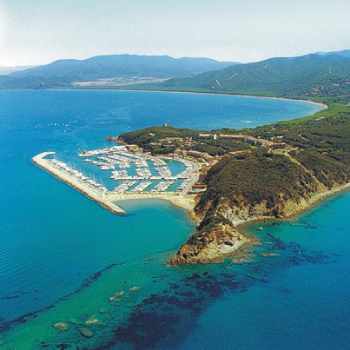
Punta Ala
The modern tourist center developed during the twentieth century, particularly in the seventies. The town is renowned for its well-equipped tourist port and for sailing regattas. The place is an elite tourist destination in every season, thanks to the presence of luxurious residences, villas and boats moored at the port. It also houses one of the largest golf courses in Europe.
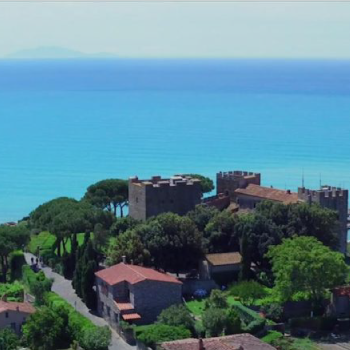
Castiglione della Pescaia
Ancient village overlooking the sea, between Punta Ala and Marina di Grosseto. The ancient part is a balcony on the Tyrrhenian Sea. Castiglione della Pescaia is also a tourist port that offers day trips to the islands of the Tuscan Archipelago. It has old origins: the first traces of population in this area date back to about sixty thousand years ago, while the first urban settlement is located in Vetulonia, the ancient city that the Etruscans founded near Lake Prile (now disappeared). Instead, the Romans founded the village of Salebrone, famous for its mild climate, the fishy lake and its wild game surroundings. After the fall of the Roman Empire and the Barbarian incursions, in 962 Castiglione was ceded to Pisa by Otto I of Saxony, emperor of Germany. Pisa exploited its riches and did not care about the silting up of the port and the waters of Lake Prile which, becoming stagnant, were the cause of growing malaria epidemics.
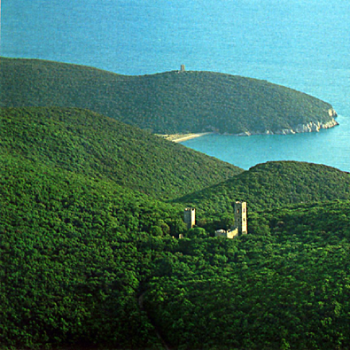
Parco della Maremma
The Maremma Regional Nature Park was established in 1975 but, despite its small size (about 10,000 ha) and the few years of life, in a short time it has become a reference point for an ever increasing number of people. In 1993 he was awarded the European Park Diploma awarded by the Council of Europe. The visit of the Park is possible only on foot, there are two ways to access the itineraries: Alberese and Talamone.
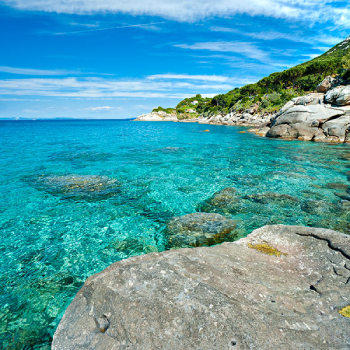
Isola d'Elba
It is located in the middle of the marine park of the Tuscan archipelago and can be reached by a single hour by boat from Piombino. It has an area of 200 square km and 147 km of coastal development, with a continuous succession of beaches, cliffs and sheer walls. Elba offers a territory rich in panoramas and hidden corners to explore, both marine and mountain (the Capanne mountain exceeds 1000 meters).
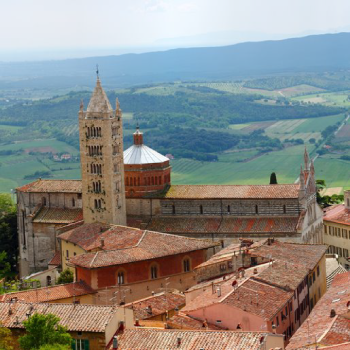
Massa Marittima
Ancient town, located on a hill 380 m above sea level, about 15 km from Follonica. Known for its copper and silver mines, exploited until 1300, then reactivated from 1830 until the 1970s, it preserves its medieval appearance intact. The Balestro del Girifalco, a competition among the crossbowmen of the districts of the City, is also a historical re-enactment (fourth Sunday of May and August 14th).
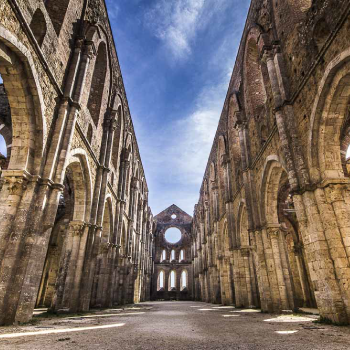
San Galgano
The complex composed of the Hermitage or Rotonda di Montesiepi and the ruins of the great Abbey of Circestense of San Galgano is one of the most suggestive in Tuscany. In the Rotonda di Montesiepi, the sword of San Galgano is set in the rock. Built between 1182 and 1185, above the hut on the hill where San Galgano lived his last year of life and right where it had driven His Sword into the rock, the Rotonda di Montesiepi was originally the Tomb of the Saint, who was buried in north of the sword. Only around 1220 the construction of the great Abbey downstream was begun. The construction works last until 1268, when it was officially consecrated by the Bishop of Volterra Alberto Solari. Then one hundred years of great splendor until 1364, followed by the slow decline given by the unfortunate practice of the Commenda. One fact above all others: in 1550 the Commendatory Girolamo Vitelli came to sell (after the jewels and who knows what else) the lead roof. Despite some attempts to restore the convent at the end in 1789, after the Rotonda di Montesiepi was elevated to Pieve, the great abbey was desecrated and left definitively to ruin.
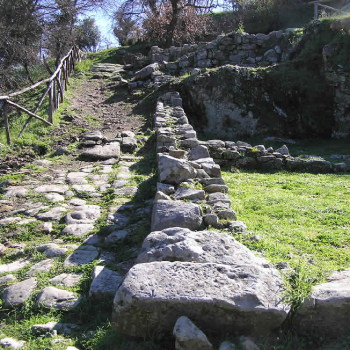
Vetulonia
It is an ancient city of the Etruscans, touched the maximum of its splendor between the VII and the VI sec. B.C. and still retains many memories of its ancient power. After the splendor of the Etruscan period Vetulonia decayed, it was in 1181 that the Castello di Colonna was built, born of the need for fortifications to defend the population. There are still some stretches of the imposing Etruscan city walls, and in the immediate vicinity of the present town is the Etruscan necropolis. Among the tombs that can be visited, there are the Tomb of the Diavolino and the Tomb of the Petrera, which are encountered by taking the road that leads to Buriano. In the village it will be possible to visit an archaeological museum with finds of considerable value. Amazing is the view that you can admire on the typical tuscany hills.
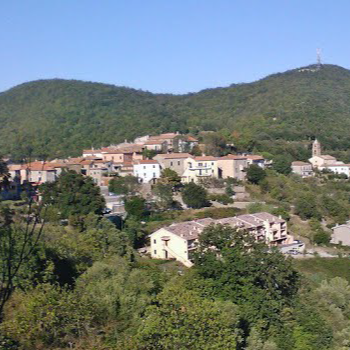
Tirli
It is surrounded by oaks and chestnut trees, and enjoys an exceptional climate rising at 450 m. above sea level. The first settlements date back to the presence of woodcutters and shepherds and these traditions are stil very rooted in the inhabitants. Suggestive for its narrow streets, the town is dominated by a fortress convent, built around 1500 by the Agostini friars, here the population would have taken refuge to escape the assaults of the Saracen pirates. Buriano the little town, dominated by a castle, is of ancient origin, perhaps Roman, according to other Lombard sources. It experienced its greatest splendor in the first three centuries of this millennium. The Romanesque church has a built-in bell tower and houses a relic of San Guglielmo, which found refuge in the “Romitorio”. Every second Sunday after Easter, San Guglielmo is celebrated with a suggestive procession that starts from Buriano and reaches the Romitorio through the bush. On this occasion the “planet” is brought from the “La Badiola” farm, a fabric quilted in gold and donated by the Grand Duchess of Tuscany Maria Antonietta in memory of her fall from a horse.
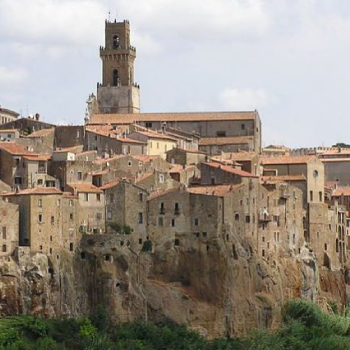
Pitigliano
Main center of the hilly Maremma, it has remote origins dating back to the Bronze Age. The presence of the Etruscans is evidenced by ancient necropolises and above all by the “Vie Cave”, roads carved into the tuff, volcanic rock, a dominant geological element of this territory. In the various eras, Pitigliano passed from the Aldobrandeschi fiefdom to the Orsini county until the 17th century, when it became part of the Medici Grand Duchy of Tuscany and later of the Lorraine. Pitigliano is located in a territorial area rich in naturalistic and historical-archaeological sites, and therefore represents the ideal starting point for unforgettable trips and excursions.
Firenze
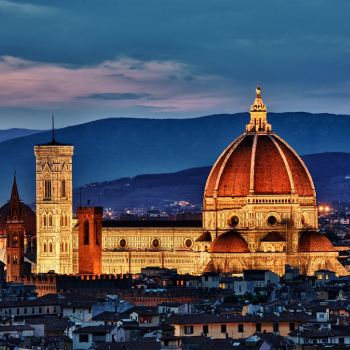
Much of the fortune of tourism in Italy is due to the cultural and artistic heritage contained within the walls of the City of Florence. One of the most loved destinations by thousands of tourists throughout the year, they travel not only on its main roads but also on the most unknown alleys. All eager to see Michelangelo’s David, the Duomo, Botticelli’s paintings, the Uffizi Museum, and others incredible artworks … Florence, a city of art par excellence, but which maintains a human dimension with tenacity, today as in the past, as shown by the courtesy and good humor in the colorful outdoor markets and in the small squares, or in the small restaurants where the customers share the table with the usual Florentine customers. Florence, beloved city, apparently known, but to be discovered.
Siena
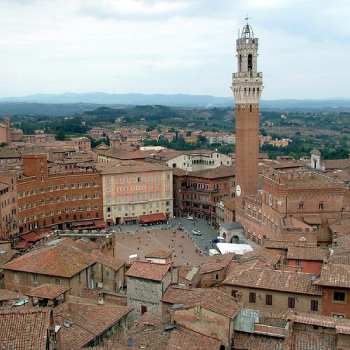
It lies on three hills between the sources of river Arbia and river Elsa. It is an industrial and agricultural center, rich in artistic works and monuments and it is home of the famous Palio. All year round it is suitable for visiting the city. Founded by the Etruscans, Siena was a Roman colony at the time of Augustus. It became a bishopric in the ‘700 after the Lombard occupation, but in the 11th century it established itself as a secular commune. Bitter fights divided Siena from Florence that was defeated in 1260 at Montaperti. After being ruled by various lords, the city fell under imperial rule and became part of the Medici state, then of the Lorenese one until 1859, when it was annexed to the Kingdom of Italy.
Grosseto
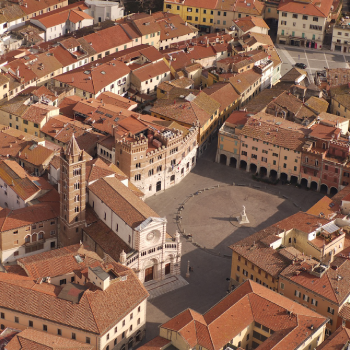
A fortified city along the road between Rome and Pisa, in 1138 it became a bishopric, thus becoming important in the Maremma. Later it passed to the Aldobrandeschi, then it was conquered by Siena and in 1559 it passed to the Medici. It follows various reclamations for at least two centuries.
o due secoli.
